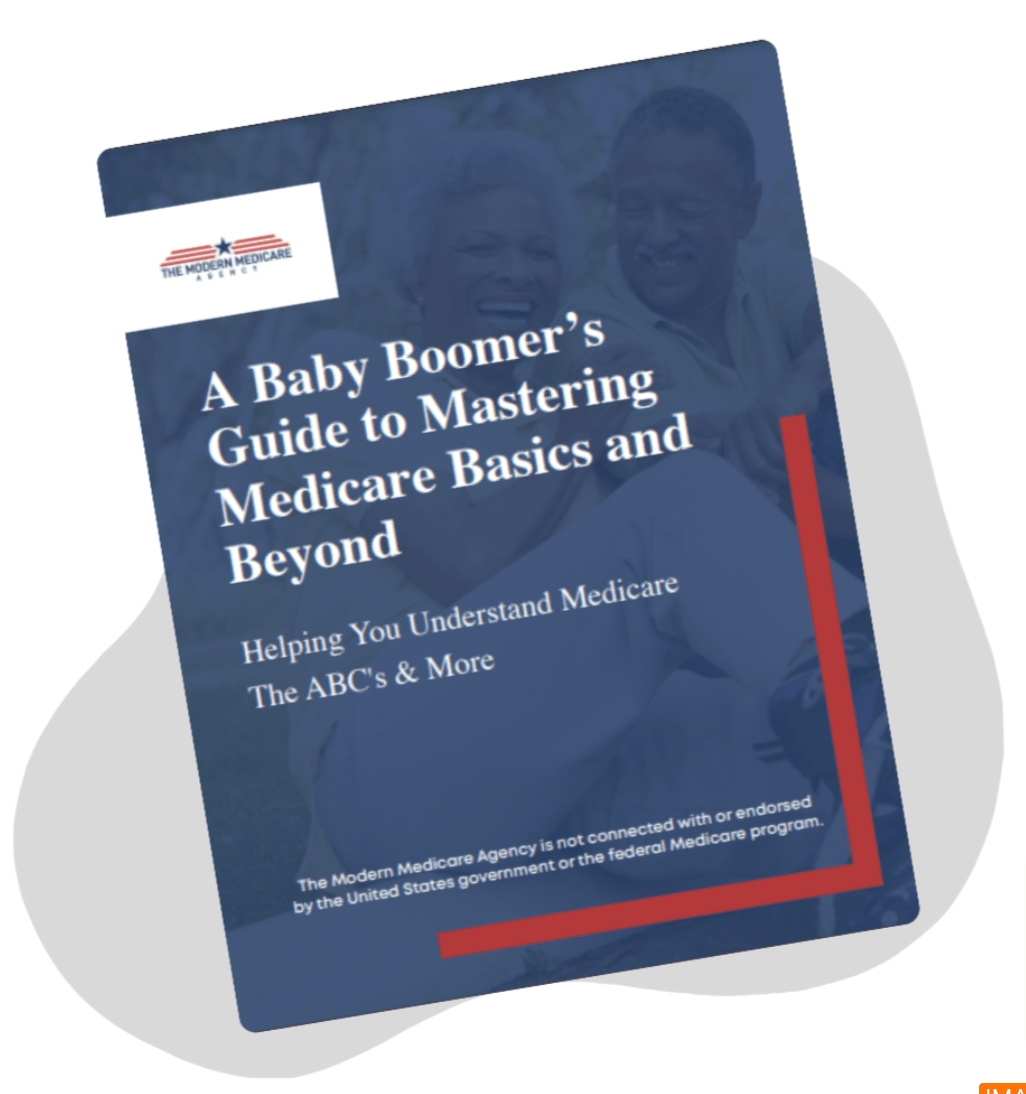What Does Medicare Advantage Agent Mean?
Table of ContentsThe Ultimate Guide To Medicare Advantage Agent7 Easy Facts About Medicare Advantage Agent ExplainedSome Known Factual Statements About Medicare Advantage Agent
:max_bytes(150000):strip_icc()/types-of-employee-benefits-and-perks-2060433-Final-edit-60cedb43c4014fdeb51aa3cd3c25f027.jpg)

follows from complies with the puzzling young fairly profile of account uninsured with without insurance better healthMuch better wellness average, of younger personsMore youthful For those without accessibility to work environment health insurance, bad wellness is a possible barrier to purchasing nongroup protection due to the fact that such coverage might be highly priced, leave out preexisting problems, or be just unavailable. Unless otherwise kept in mind, nationwide estimates of people without wellness insurance and proportions of the populace with various kinds of insurance coverage are based on the CPS, the most commonly utilized resource of quotes of insurance policy coverage and uninsurance rates.

Getting My Medicare Advantage Agent To Work
The relationship in between health insurance policy and access to care is well developed, as recorded later on in this chapter. The relationship between wellness insurance and health and wellness outcomes is neither straight neither easy, an extensive scientific and health services study literature links wellness insurance coverage
to improved enhanced accessibility care, better qualityHigh quality and improved boosted and population health health and wellnessStanding The second report, on individual wellness outcomes for uninsured adults, is stood for by the inner circle of the figure, while the third report, on household health, encompasses the subjects of the 2nd record but emphasizes a different system of evaluation, particularly, the family.
It focuses particularly on those without any type of wellness insurance policy for any kind of size of time. The troubles encountered by the underinsured remain in some areas comparable to those encountered by the without insurance, although they are usually much less extreme. Uninsurance and underinsurance, nonetheless, entail clearly various plan problems, and the methods for addressing them may differ. Throughout this study and the five reports to adhere to, the major emphasis gets on persons with no health insurance and thus no assistance in spending for wellness treatment beyond what is offered through charity and safeguard establishments. Health insurance policy is an effective variable impacting receipt of care due to the fact that both individuals and doctors react to the out-of-pocket price of services. Health insurance, however, is neither required nor enough to access to clinical services. The independent and straight effect of wellness
insurance coverage protection access to health wellness is well establishedDeveloped Others will get the healthcare they need also without medical insurance, by paying for it expense or seeking it from carriers that provide treatment cost-free or at very subsidized rates. For still others, medical insurance alone does not ensure receipt of treatment because of other nonfinancial barriers, such as a lack of healthcare carriers in their neighborhood, minimal accessibility to transportation, my website illiteracy, or etymological and social differences. Official research regarding without insurance populations in the United States dates to the late 1920s and very early 1930s when the Board on the Cost of Medical Treatment generated a series of reports regarding funding medical professional office brows through and hospitalizations. This problem came to be salient as the varieties of clinically indigent climbed up throughout the Great Anxiety. Empirical research studies continually support the link in between accessibility to care and boosted health end results(Bindman et al., 1995; Starfield, 1995 ). Having a normal source of treatment can be considered a forecaster of accessibility, rather than a straight procedure of it, when health and wellness end results are themselves made use of as access indicators. This extension of the notion of access measurement was made by the IOM Committee on Keeping An Eye On Gain Access To to Personal Healthcare Services(Millman, 1993, p. Whether or not parents are insured shows up to influence whether their youngsters get treatment in addition to just how article source much careeven if the kids themselves have protection(Hanson, 1998). The health of parents can affect their ability to care for their children and the degree of household anxiety. Fretting regarding their kids's access to care is itself a resource of stress and anxiety for moms and dads. Three chapters adhere to in this record. Chapter 2 provides an overview of just how employment-based medical insurance, public programs and private insurance coverage policies operate and interact to provide extensive yet insufficient coverage of the U.S. populace. This includes an evaluation of historical fads and public laws impacting both public and private insurance, a conversation of the interactions amongst the different sorts of insurance policy, and an exam of why people relocate from one program to one more or finish up
